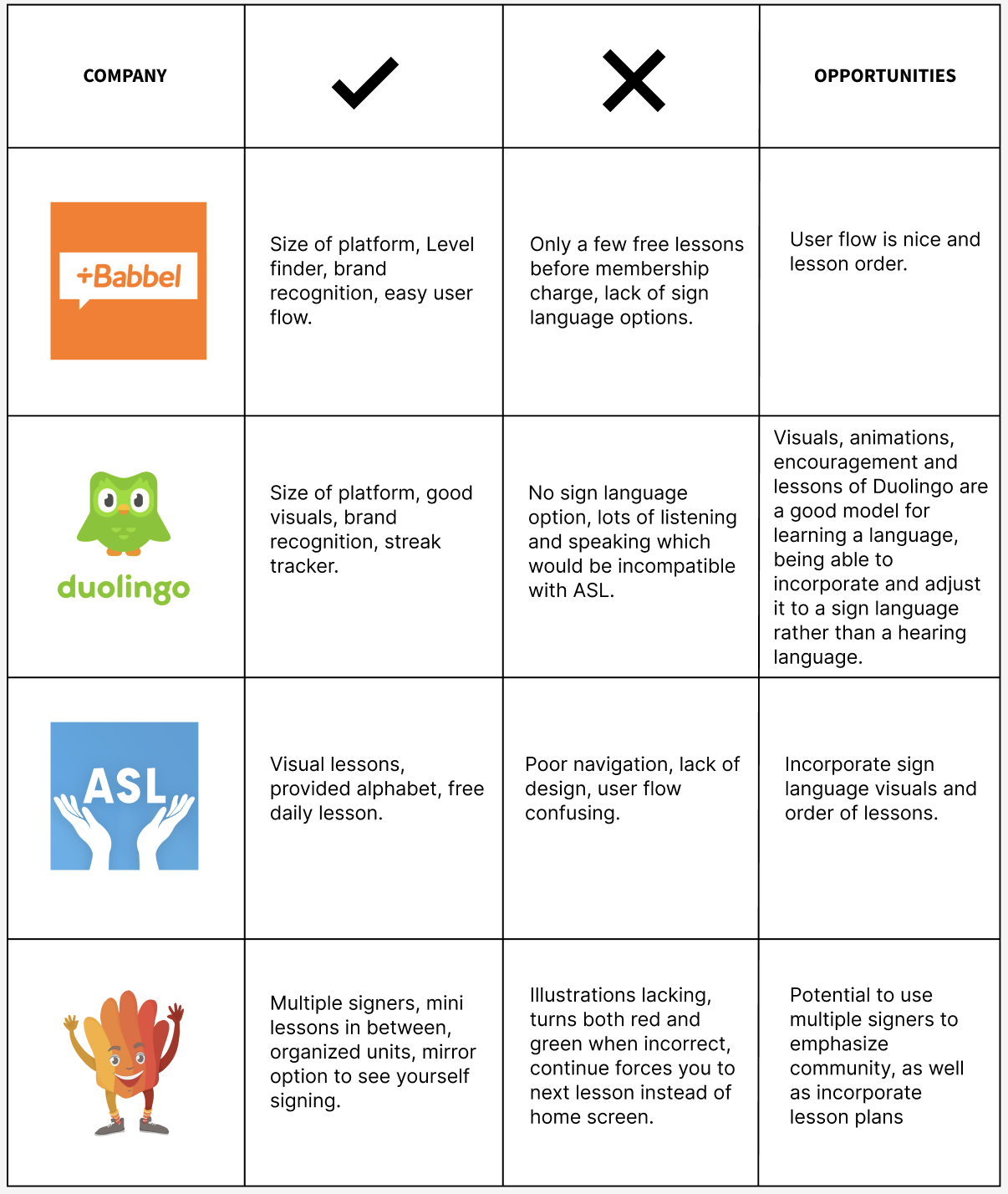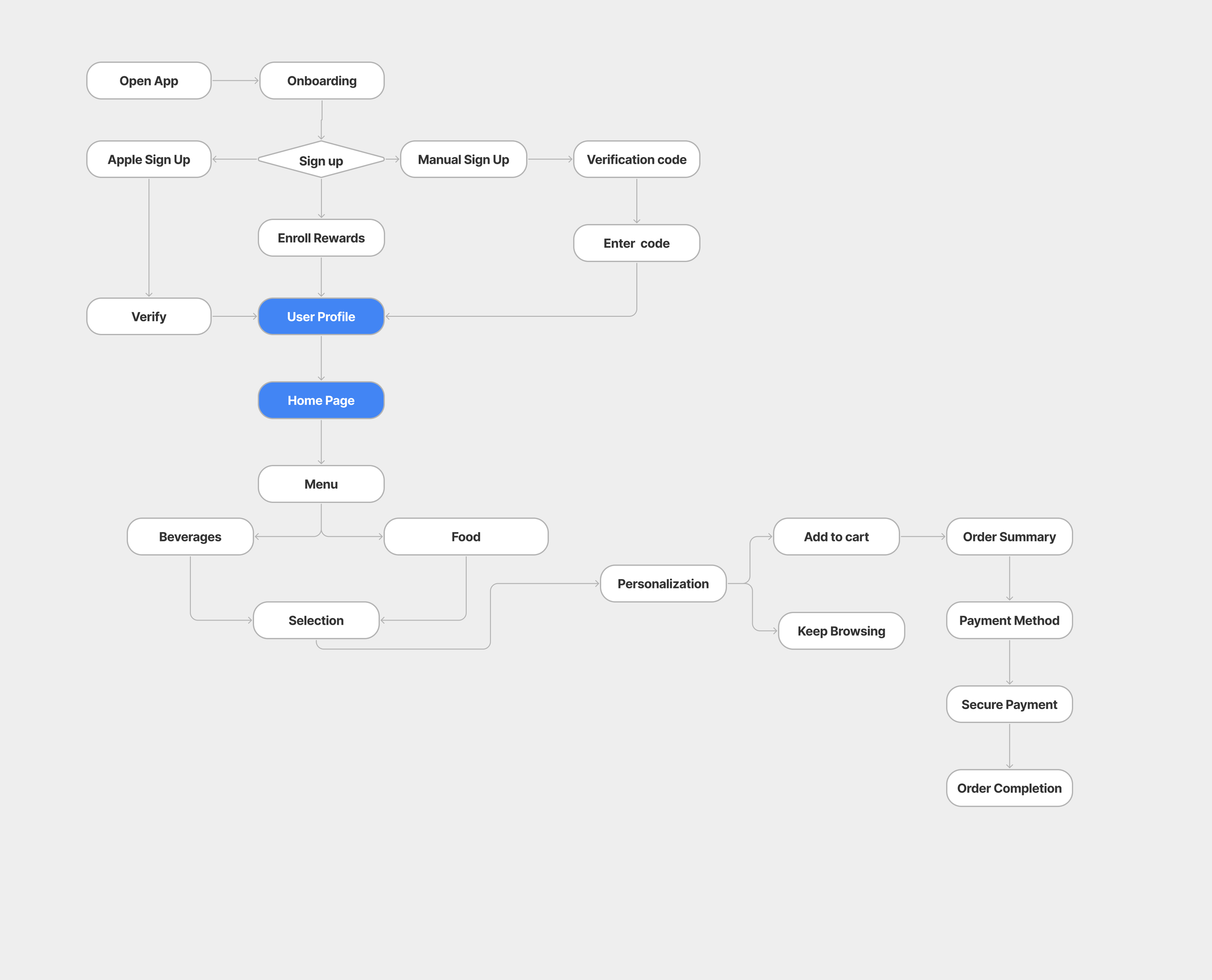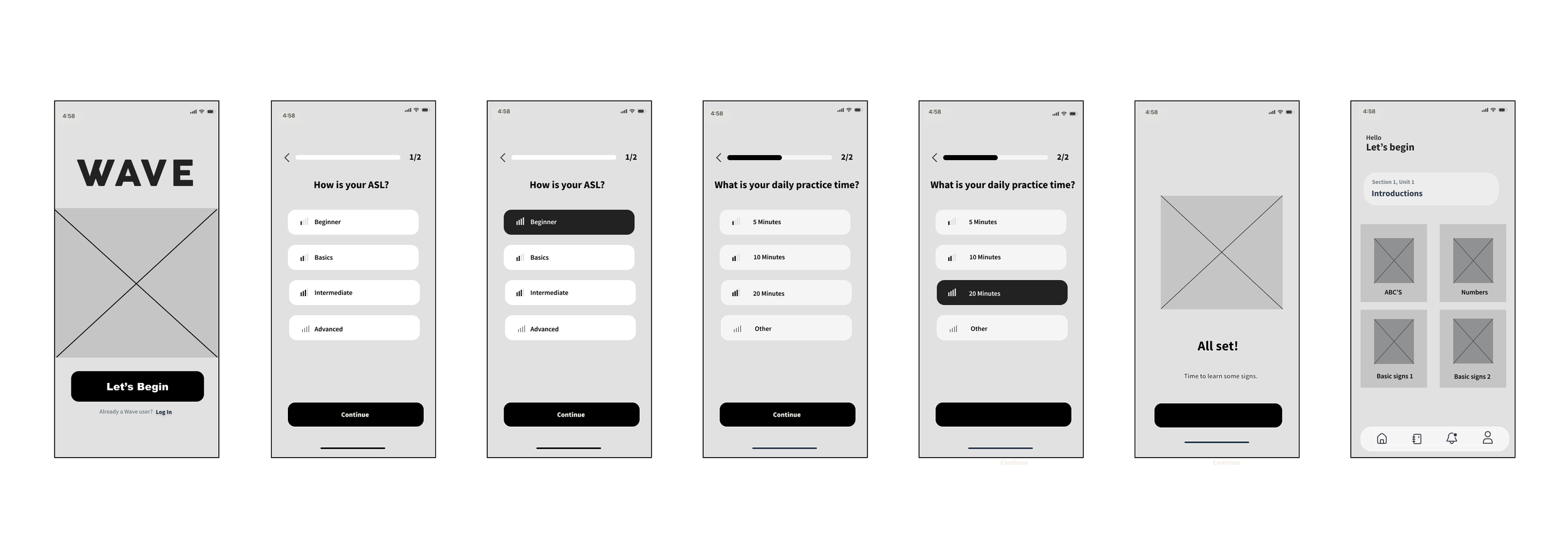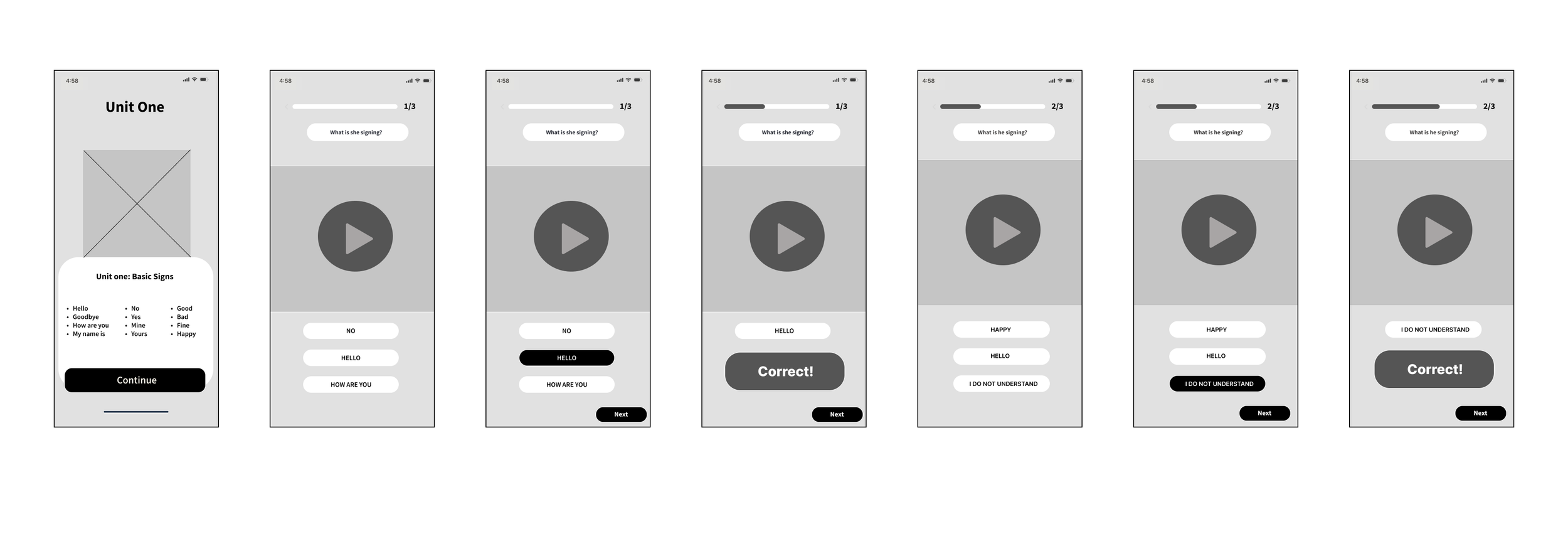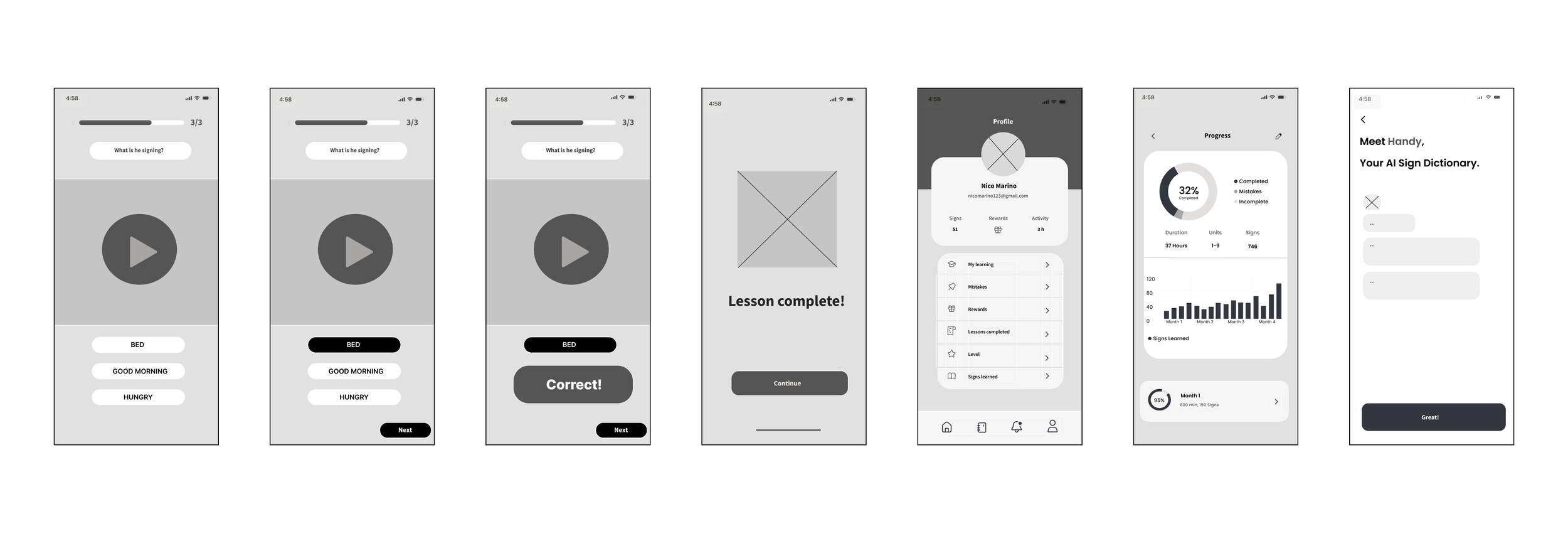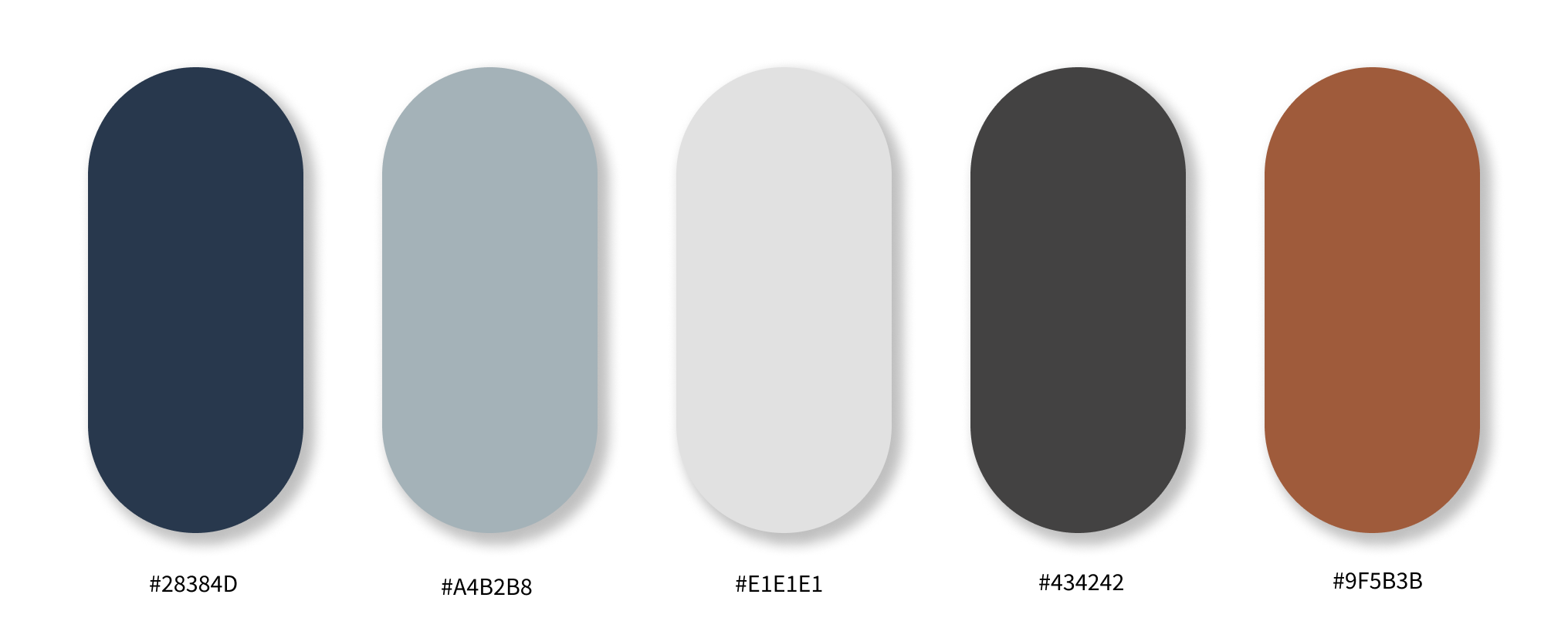Bridging communication, one sign at a time
At-A-Glance
The Wave app aims to bridge hearing and non-hearing individuals together by providing a user-friendly program for learning, practicing, and exercising sign language. Wave focuses on accessibility, inclusivity, and face-to-face communication, allowing sign language education to be available to users of all kinds.
DURATION
7 Months
Figma, Procreate, Illustrator
TOOLS
MY ROLE
UX/UI and Visual Brand Designer
Personalized Learning
WAVE helps users by measuring their current level and goal practice time, identifying estimated fluency time, and guiding users through each lesson.
Face to face lessons
WAVE provides users with a face-to-face experience to visualize how it’s done;
Structured lessons with beginner, intermediate, and advanced levels.
Goal tracking
Users can view their progress through the metrics provided by WAVE, accounting for hours spent and total signs learned.
WAVE incorporates an AI assistant to answer any questions the user may have. It also provides a searchable, interactive library of sign language gestures.
AI Helper
Linguistic Neglect of the Deaf
Research and Discovery
Having studied American Sign Language for three years and spending time with a Deaf community, I became aware of the struggles they face on a day-to-day basis.
92%
Deaf children have hearing parents
98%
Deaf children have no access to education in Sign Language
75%
Parents do not sign with their Deaf child
That’s just the start; later into adulthood, the Deaf experience a world created for the hearing. Communication, social interactions, movies, and even a fast-food drive-through can be inaccessible to the Deaf Community.
This leads to the question, “What can we do to provide a more inclusive experience for the Deaf?”
Research and Discovery
Hypothesis
Creating a free and accessible American Sign Language app will reduce the lack of communication between the Deaf and Hearing Communities.
Core Principle: Bridging the communication gap between Deaf and Hearing individuals.
Target Audience:
Primary: Deaf and hard-of-hearing individuals seeking to communicate with others.
Secondary: Family members, friends, and professionals who want to learn sign language.
Tertiary: Organizations, schools, and businesses aiming to improve accessibility.
Design Goals: Simplicity, Visual Engagement, Accessibility.
Problems
A searchable, Interactive dictionary with video demonstrations of signs performed by real people (native signers). Includes both individual signs and common phrases.
A searchable, Interactive dictionary with video demonstrations of signs performed by real people (native signers). Includes both individual signs and common phrases.
Solutions
A searchable, Interactive dictionary with video demonstrations of signs performed by real people (native signers). Includes both individual signs and common phrases.
High contrast UI with adjustable font sizes and colors to cater to all users, including those with low vision. Voice-over support for visually impaired users.Options for subtitles in different languages, making it inclusive for international audiences.
Structured lessons with progressive difficulty levels, ideal for beginners to advanced learners. Each lesson includes short video tutorials, interactive quizzes, and practice exercises with real-time feedback. Focus areas like numbers, greetings, everyday phrases, etc.
🥊
Competitive analysis
I analyzed existing language learning apps and platforms to identify gaps in features, usability, and content.
App structure
Wireframing
Wireframe Highlights
Home Screen:
A dashboard that includes quick access to the dictionary, current lessons, and social/community features.
Lesson Screen:
Interactive lessons with video content, quizzes, and progress , tracking.
Profile Screen:
Displays achievements, badges, and learning progress.
Design system
Wave aims to make sign language more accessible to the public. Through an interactive mobile app, it provides a platform for learning and personalized progress tracking and promotes inclusivity and a connection between the hearing and Deaf communities.
Projected outcomes:
Increased Sign Language Fluency and Usage: Users can engage in sign language within their daily lives, and make its usage normalized.
Inclusivity: Even with just the basics of sign language learned from Wave, organizations adopting the app will improve accessibility and enable enhanced communication with Deaf and hard-of-hearing people.
An Understanding of Deaf Culture: The Deaf are often overlooked and misunderstood, and with this app, a greater respect for Deaf-Culture and prioritized communication will be evident
Impact and Results
Future Direction
AR Integration: Enhance the app by allowing users to visualize signs in real-world contexts using their phone cameras.
Gamification: Add challenges, badges, and leaderboards to keep users engaged and motivated.
Multilingual Support: Expand the app to support other sign languages (e.g., British Sign Language, International Sign Language) for a global audience.




